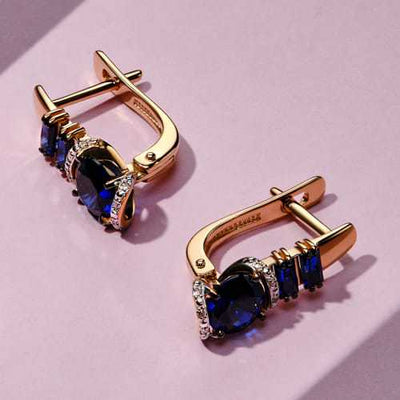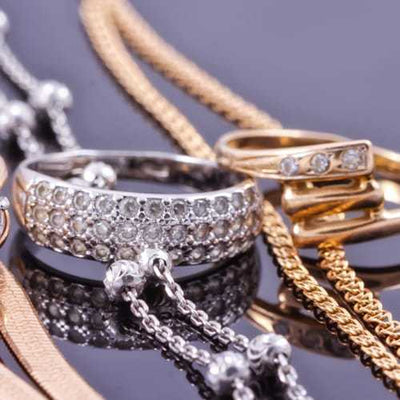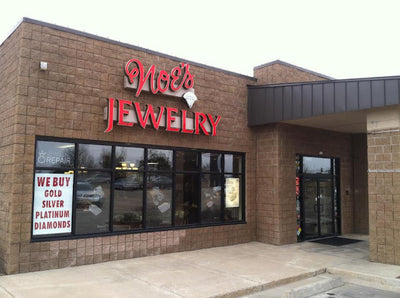Estate Jewelry: Embracing the Past

Reflecting back on the celebration of Mother’s Day earlier in the month, it can be fun to see how the holiday continues to evolve and change. In fact, motherhood may be one of the most unique jobs any women could imagine. This is a 24/7 job where no day is ever the same and if you’re someone who is blessed with multiple children, you’ve probably found that what works with one child doesn’t necessarily work with another.
Just as a child asserts his or her differences, there appears to be a growing movement to embrace the many facets of mom as based on her primary interests. There’s the runner mom, the triathlete mom, the foodie mom, the crafting/scrapbooking mom, the fashionable mom and every other imaginable way to recognize the many kinds of moms.
A Continued Re-invention
What’s interesting is these defining qualities could all be within the same person and each interest is evidence of the continuing re-imagination of what it means to be a mom. A common theme among many of these women is the embracement of upcycled and vintage items. This can be seen in the renewed popularity of vintage clothing, flea markets and estate sales, and re-imagined antique (older than 100 years) and estate jewelry (previously owned).
Fans of estate jewelry choose it for a variety of reasons such as the rarity and quality of the materials, the symbolism and story behind the piece, or to honor the craftsmanship of a previous era. When you think about it, the appeal of estate jewelry fits in well with the current love of handmade items. Their appeal centers on having something unique with the additional ability to be customized for a more contemporary look, if desired.
The Historical Perspective of Jewelry
Victorian (1837-1901) Victorian jewelry is known for its delicate designs accented with semi-precious stones and diamonds, floral and nature themes, scrollwork, serpents and multicolor gold designs. The lengthy Victorian period is divided into: Early (Romantic 1837-1860), Mid (Grand 1860-1880) and Late (Aesthetic 1880-1901). The Victorian period ended with the death of Queen Victoria.
Art Nouveau (1880-1914) – This period was an artistic backlash to the refined and delicate look of the Victorian period. Art Nouveau focused on making art from everyday materials such as brass, bone and wood. Emphasizing beauty over materials, the counter movement avoided the precious and semi-precious jewels used in Victorian jewelry, focusing instead on the craftsmanship of everyday objects. The emphasis of the jewelry included themes of organic and curving lines.
Edwardian (1901-1910) – Influence of the Edwardian period continues to this day. Jewelry of the period valued timeless elegance and employed the use of diamonds and platinum for their sparkle power. This was the first time jewelry benefitted from the lighting of electric lights.
Art Deco (1920-1940) – A celebration of art and industry whose effects can still be viewed in jewelry collections, artwork and architectural buildings. Art Deco celebrated symmetry, geometry and bold color along with the influence of the Egyptian, Native American, Asian and African cultures.
Check out our beautiful selection of Estate jewelry during our estate jewelry sale May 5-16 at Noe’s Jewelry in Raytown, Missouri.




